
Palazzo Giraud (also known as Palazzo Torlonia), Rome elevation
Palazzo Torlonia is a 16th-century Renaissance town house in Via della Conciliazione, Rome, Italy. Built for Cardinal Adriano Castellesi da Corneto from 1496, the architect was Andrea Bregno, The style of architecture was influenced by that of the papal chancery, the Palazzo della Cancelleria, In 1504, before its completion, the Cardinal presented the palazzo to King Henry VII of England.

Palazzo Giraud Torlonia
attribuito a Donato Bramante. Proprietario. famiglia Torlonia del Fucino. Modifica dati su Wikidata · Manuale. Il palazzo Castellesi (o palazzo del Corneto ), poi palazzo Giraud e oggi Palazzo Torlonia, è un importante edificio rinascimentale di Roma posto nel rione di Borgo, nei pressi della basilica di San Pietro .
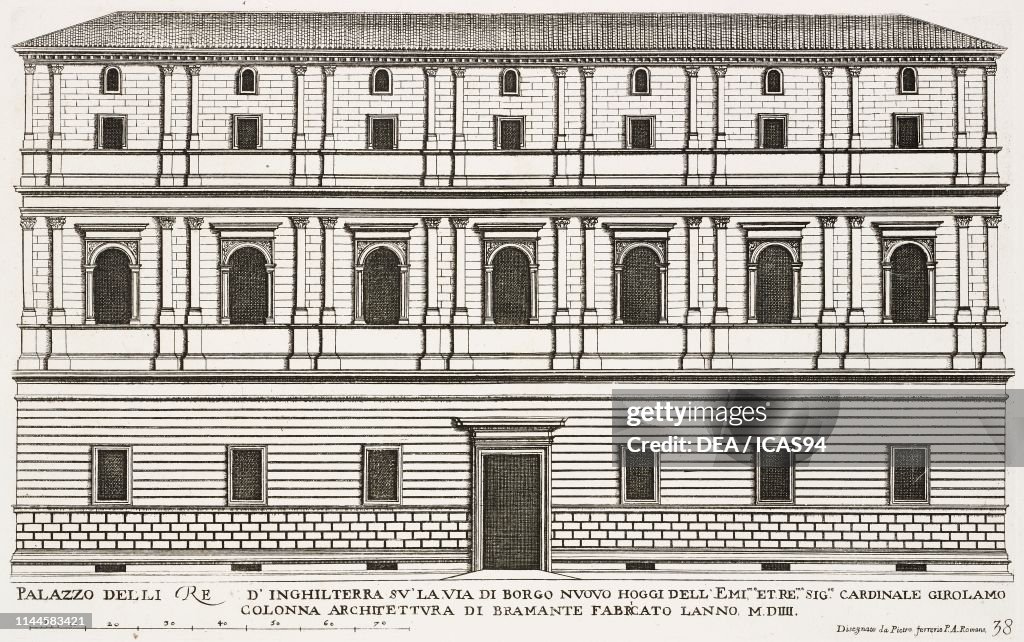
Facade of Palazzo Castellesi , then Palazzo GiraudTorlonia, by
Palazzo Giraud-Torlonia, tidligere Palazzo Castellesi, er antagelig tegnet af renæssancearkitekten Donato Bramante og opført i begyndelsen af 1500-tallet. Paladset blev erhvervet af den italienske bankmand og fyrste Giovanni Raimondo Torlonia fra pavestaten i 1820 II. Siden da har paladset været kendt under sit nuværende navn.

Palazzo Torlonia, a 16thcentury Early Renaissance town house on Via
PALAZZO TORLONIA. Via della Conciliazione 30. Begun about 1500 by Cardinal Adriano da Corneto Castellesi secretary of Alexander VI Borgia. In 1760 it was bought by the French bankers Giraud and was called PALAZZO GIRAUD. Since 1820 it belongs to the Torlonia family who restored it and built the rear wing. They are still the owners to this day.

Rome Palazzo Giraud Torlonia Architettura, Palazzi, Campidoglio
Palazzo Torlonia (also known as the Palazzo Giraud, Giraud-Torlonia or Castellesi) is a 16th-century Early Renaissance town house in Via della Conciliazione, Rome, Italy. Built for Cardinal Adriano Castellesi da Corneto from 1496, the architect was Andrea

Пин на доске 16th century Italy
An inheritance battle has broken out within an aristocratic Italian family who own assets worth nearly two billion euros, including the world's largest private collection of ancient marble statuary.
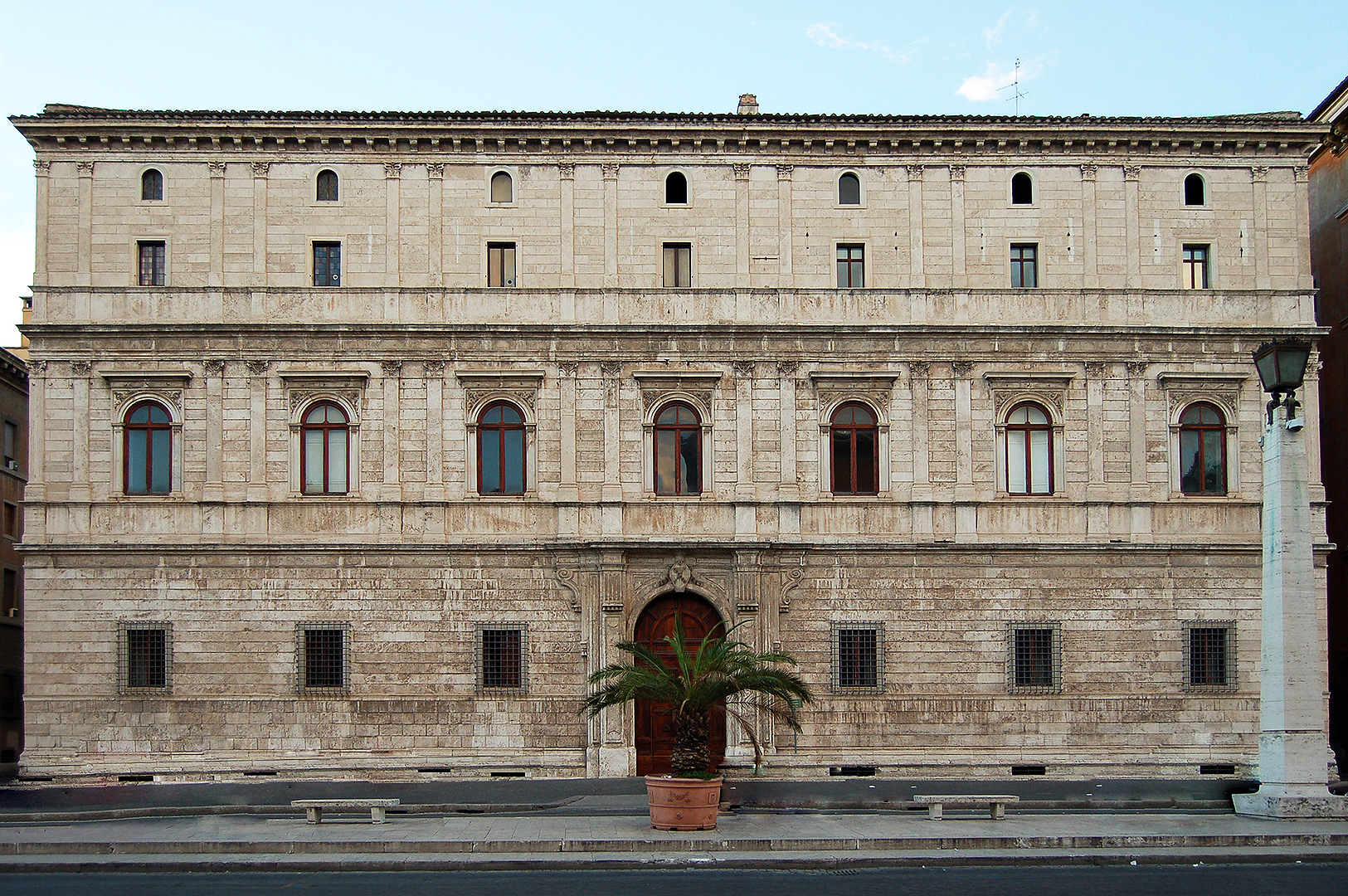
Palazzo Torlonia, Rome, Italy / Palazzo Torlonia, Rome, Italië
In Rome, the Torlonia properties comprise: Palazzo Torlonia-Giraud in Via della Conciliazione ( rione of Borgo ), Palazzo Núñez-Torlonia in Via Condotti, near the Spanish Steps, Palazzo Torlonia in Via della Lungara ( rione of Trastevere) and Villa Torlonia ( Villa Albani) outside Porta Salaria.
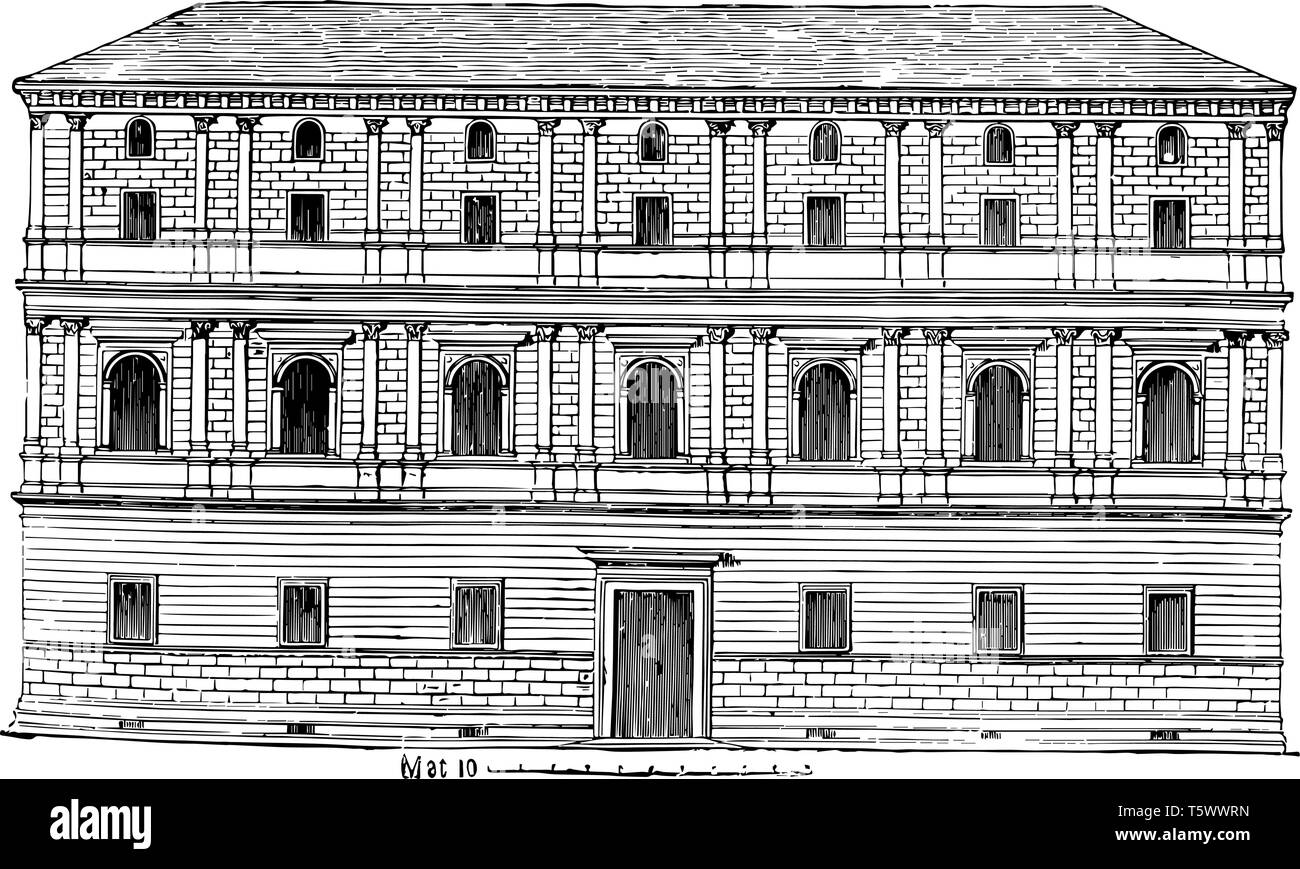
San Lorenzo In Damaso Roma grinderworld
Address and opening hours The address of the Palazzo Torlonia Giraud is Via della Conciliazione 30 - Rome. Bus: 23, 34, 40 62, 280, 982, N11. Rione: Borgo. The buidling is not open for tourists. History and description The Palazzo Torlonia in an 18th century engraving by Giuseppe Vasi. The Via della Conciliazone did not exist yet.

Roma Palazzo Torlonia editorial photo. Image of blue 168089181
The papers consist mainly of material relating to the administration of property (including records of sales, leases, mortgages, loans, proxies, accounting, inventories and plans) and the administration of the family (including dowries and marriage contracts, donations, divisions of property, wills and fideicommissums).

La di piazza Scossacavalli
Palazzo Torlonia Giraud The dignified palace that today faces Via della Conciliazione was built in the early 16th century for the rich cardinal Adriano Castellesi da Corneto, who never lived there.
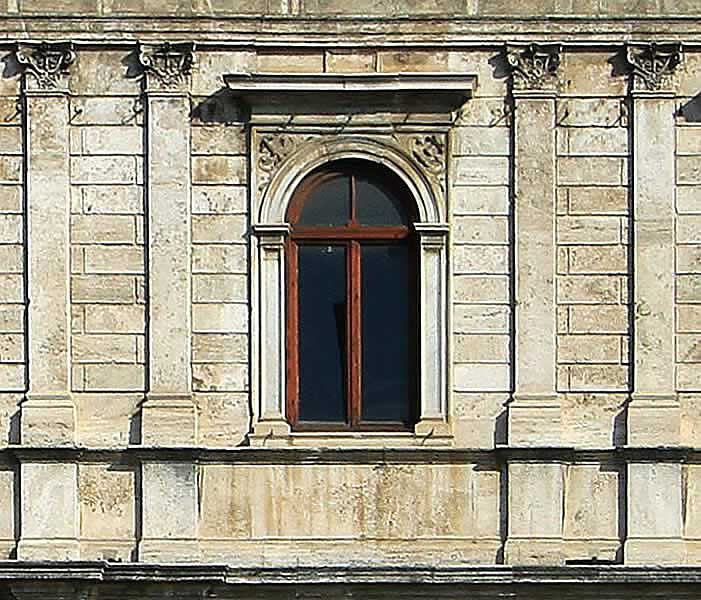
Palazzo Castellesi Giraud Torlonia, beginning of XVI c., attributed to
A "fratricidal" hereditary war which sees Prince Charles on one side and his three siblings, Paola, Francesca and Giulio, on the other one. A huge patrimony that includes not only the art.

Palais Torlonia Giraud Turismo Roma
Palazzo Torlonia, also known as Palazzo Castellesi or Palazzo del Corneto, is a Renaissance palace in Rome, located in Via della Conciliazione, near Palazzo dei Convertendi. SHORT HISTORY The palace was built between 1499 and 1517 for Cardinal Adriano Castellesi, an important dignitary of the papal court.
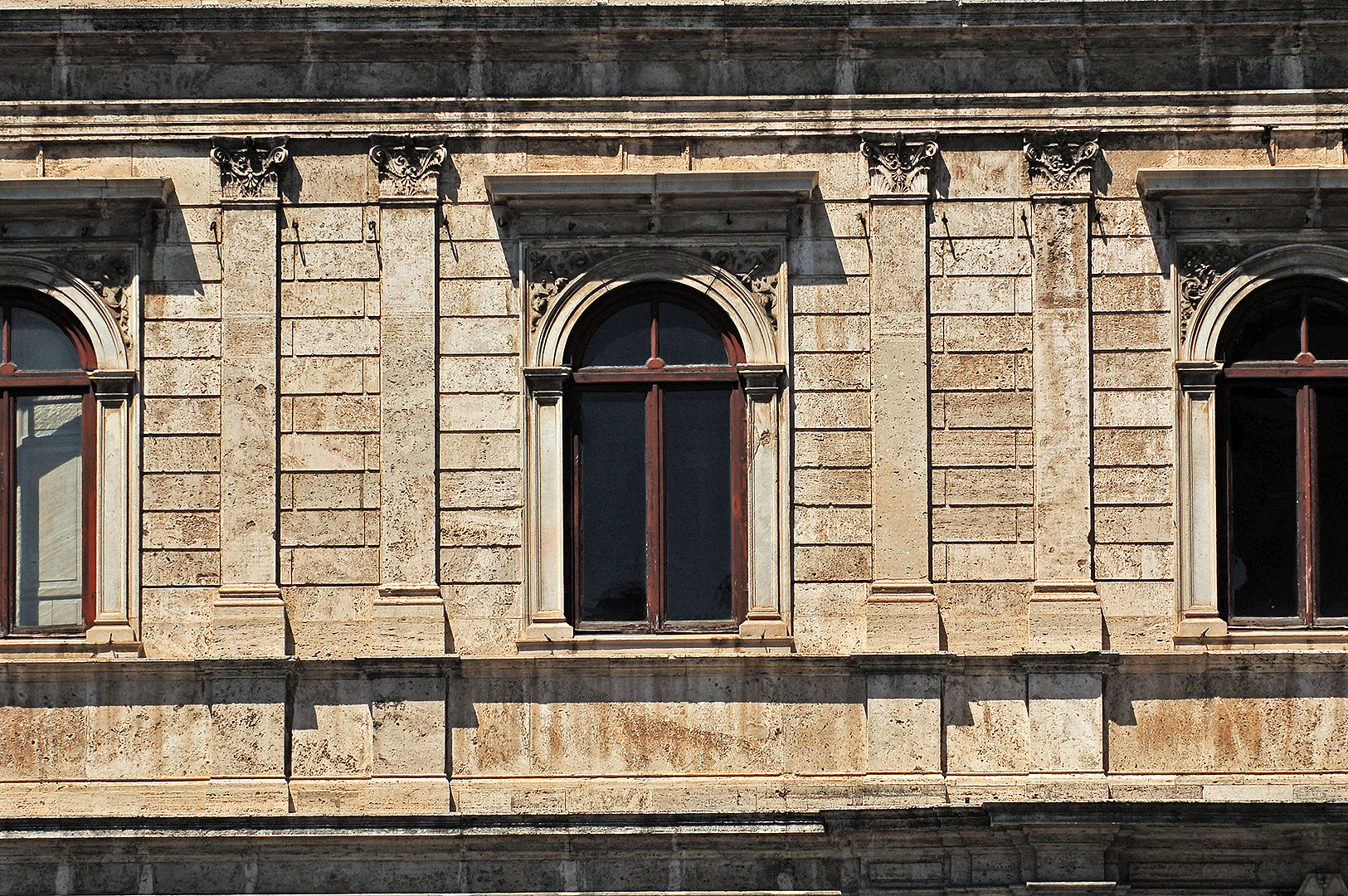
Palazzo Torlonia, Rome, Italy / Palazzo Torlonia, Rome, Italië
palazzo Giraud-Torlonia, "palazzo del ber of publications in art history, but it is a source ofirritations we should not overlook. The catalogue appears completely re- newed as a result of Professor Wasserman's scientific inquiry. Readers of the Journal will know that two Italian scholars, R. Ojetti in about 1910, then V. Golzio in the

Palazzo Torlonia (Palazzo Giraud,GiraudTorlonia or Castellesi) Rome
. The Torlonia Collection is known as the most important private collection of ancient art in the world. It is an exceptional assembly of works: sarcophagi, busts and Greco-Roman statues, resulting from acquisitions of the most prominent collections of Rome's patrician families, as well as from excavation finds made on the Family's own estates.

Pin on Italian Palaces High Renaissance
Help Category:Palazzo Giraud Torlonia (Rome) From Wikimedia Commons, the free media repository Subcategories This category has the following 2 subcategories, out of 2 total. C Palazzo Giraud Torlonia (Rome) - Courtyard (6 F) D Doors from Palazzo Torlonia in Villa Vizcaya (6 F) Pages in category "Palazzo Giraud Torlonia (Rome)"

Palazzo Torlonia RIBA pix
Palazzo Torlonia (also known as the Palazzo Giraud, Giraud-Torlonia or Castellesi) is a 16th-century Renaissance town house in Via della Conciliazione, Rome, Italy. Built for Cardinal Adriano Castellesi da Corneto from 1496, the architect was Andrea Bregno, [need quotation to verify] although others have attributed the design to Bramante.